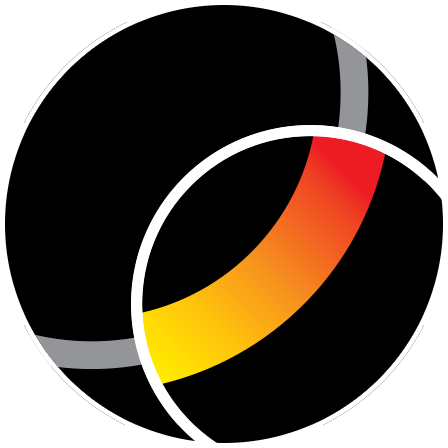
Website Tearney Lab, Harvard Medical School
The Tearney Lab, led by Dr. Guillermo (Gary) Tearney, transforms the science fiction vision of visualizing every cell in the human body into reality. Our multidisciplinary team pioneers groundbreaking optical technologies that enable real-time, cellular-level visualization of human tissues. The lab's primary mission is to advance early disease detection and enable precision treatments by developing cutting-edge imaging platforms combined with novel therapeutic approaches. Being located directly on the campus of Mass General Hospital (MGH) provides the Tearney Lab with immediate and ready access to human tissue, patient study subjects, world-class clinical facilities, and leading clinicians, enabling us to rapidly translate our cutting-edge engineering innovations into meaningful clinical solutions.
Examples of Our Pioneering Technologies
While OCT is the foundational technology upon which our innovations are based, we have pioneered many additional advanced imaging modalities and devices, including:
- Multimodal OCT: Integrating OCT with spectroscopy, fluorescence, and other optical techniques for comprehensive tissue analysis.
- Ultrahigh-resolution OCT (µOCT): Capable of visualizing individual cells.
- Functional OCT: Measuring cellular function and metabolism in living systems.
Devices and Applications
Our technologies have been integrated into a range of devices, including endoscopes, catheters, and swallowable capsules, enabling imaging of nearly any part of the body. Current projects target conditions such as celiac disease, coronary artery disease, GI cancers, hearing loss, Parkinson’s disease, and cystic fibrosis.
Facilities
- To support our translational research, the Tearney Lab offers:
- State-of-the-art optical laboratories
- Two Class 10,000 clean rooms
- Multiple rapid prototyping facilities
- Nanoscribe optical printing
- A dedicated machine learning core
- Robust engineering, quality, and clinical regulatory teams
Job Description
The successful candidate will lead efforts to develop novel imaging devices and technologies, with a focus on OCT and other optical modalities. The role involves designing and implementing devices for in vivo imaging, guiding research questions, mentoring engineers and technicians, and publishing in high-impact journals.
Specific responsibilities include:
- Developing advanced OCT-based devices for applications in various organ systems.
- Creating novel optical devices based on spectrally encoded confocal microscopy, photoacoustics, fluorescence microscopy, ablation and photobiomodulation therapy, and other optical modalities.
- Teaching and leading engineers and technicians, fostering collaboration, and ensuring scientific rigor.
- Guiding research design, execution, and study monitoring.
- Holding regular technical meetings to set agendas and outline project workflows.
- Ensuring timely delivery of project milestones.
Representative recent publications from our group
- Dong J, et al. Feasibility and Safety of Tethered Capsule Endomicroscopy in Patients with Barrett’s Esophagus in a Multi-Center Study. Clin Gastroenterol Hepatol. 2022;20(4):756-765.
- Wartak A, et al. Dual-modality optical coherence tomography and fluorescence tethered capsule endomicroscopy. Biomed Opt Express. 2021;12(7):4308-4323.
- Osborn EA, et al. Intravascular Molecular-Structural Assessment of Arterial Inflammation in Preclinical Atherosclerosis Progression. JACC Cardiovasc Imaging. 2021;14(11):2265-2267.
- Yin B, et al. 3D cellular-resolution imaging in arteries using few-mode interferometry. Light Sci Appl. 2019;8:104.
- Leung HM, et al. Intranasal micro-optical coherence tomography imaging for cystic fibrosis studies. Sci Transl Med. 2019;11(504).
Job Requirements
The candidate must have a PhD (or equivalent) in Biomedical Engineering, Electrical Engineering, Physics, or a related field, along with a track record of excellence in research.
Required Skills
- Strong background in optical coherence tomography, with multiple publications.
- Comprehensive understanding of tissue optical properties.
- Strong grounding in fundamental optics theory.
- Exceptional organizational and problem-solving skills.
Preferred Skills
- Expertise in building OCT systems and probes.
- Experience in light-tissue interaction modeling.
- Practical experience with hardware control of optical systems.
- Computational proficiency, including data analysis and modeling.
Contact Information
Interested candidates are encouraged to send a CV accompanied by a cover letter describing any previous research training, specific areas of interest, and contact information for three letters of reference. Please address correspondence to Dr. Gary Tearney, note the position you are applying for in the subject line, and send it via email to tearneylabsearch@partners.org.
To apply for this job email your details to tearneylabsearch@partners.org

